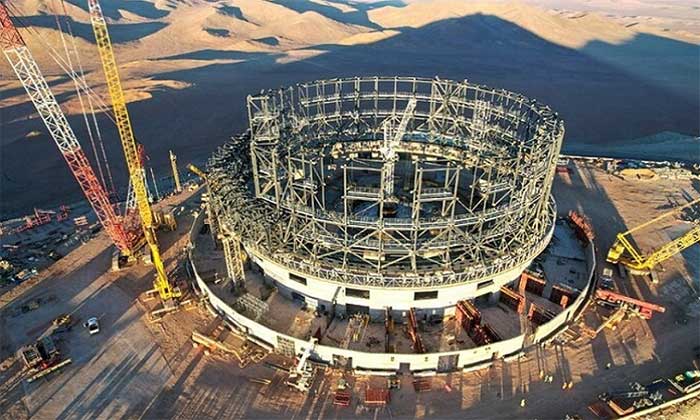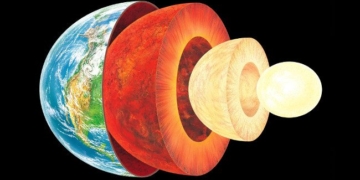The Extremely Large Telescope in the Atacama Desert Will Provide the Broadest View of the Universe from Earth.
The Extremely Large Telescope (ELT) has reached the halfway point. (Video: Space)
New images released reveal that the Extremely Large Telescope (ELT) is now half complete. Photos taken in June 2023 showcase the intricate structure of the ELT, which is being constructed on Cerro Armazones in the Atacama Desert in northern Chile. Once completed, the ELT will feature a primary mirror measuring 39 meters in diameter, making it the largest eye observing the universe from the Earth’s surface, capable of observing the cosmos in both visible and infrared light.
This groundbreaking telescope project began construction in 2014 and has progressed at an impressive pace. The European Southern Observatory (ESO), the organization operating the ELT, emphasizes that changes in the structure can be observed from day to day. The steel framework shown in the latest images will be covered, and the structure will be enveloped by the characteristic dome. “The ELT is the largest of the next-generation optical and near-infrared ground-based telescopes,” stated Xavier Barcons, the director general of ESO.
The construction of the remaining half of the ELT is expected to proceed even faster than the first half, as this phase not only involves detailed work but was also impacted by the pandemic, which caused the site to close for several months. Nine years have passed since the groundbreaking ceremony in 2014 to the completion of the first half of the project, while the remaining 50% of the ELT is anticipated to be finished within just five years. The telescope is set to begin operations in 2028 and will provide its first scientific results that same year.

The Extremely Large Telescope (ELT) is half complete.
The completion activities for the ELT are not solely taking place in northern Chile. Companies in Europe are hastily manufacturing the mirror and various other components of the telescope. When finalized, the primary mirror of the ELT will consist of five individual mirrors, including a massive primary mirror (M1) made up of 798 hexagonal segments. Mirrors number 2 and 3 (M2 and M3) are also in the polishing phase. In total, six thin segments form the flexible mirror number 4 of the ELT, which has been completed and installed in its structural unit. M4 represents a particularly impressive telescope technology, capable of adjusting its shape 1,000 times per second to correct distortions caused by atmospheric turbulence.
Other scientific instruments for the ELT, including the control systems and devices used for assembling the telescope, are also in production or development stages. The necessary supporting infrastructure for the ELT has now been moved to the construction site or is located near Cerro Armazones.


















































